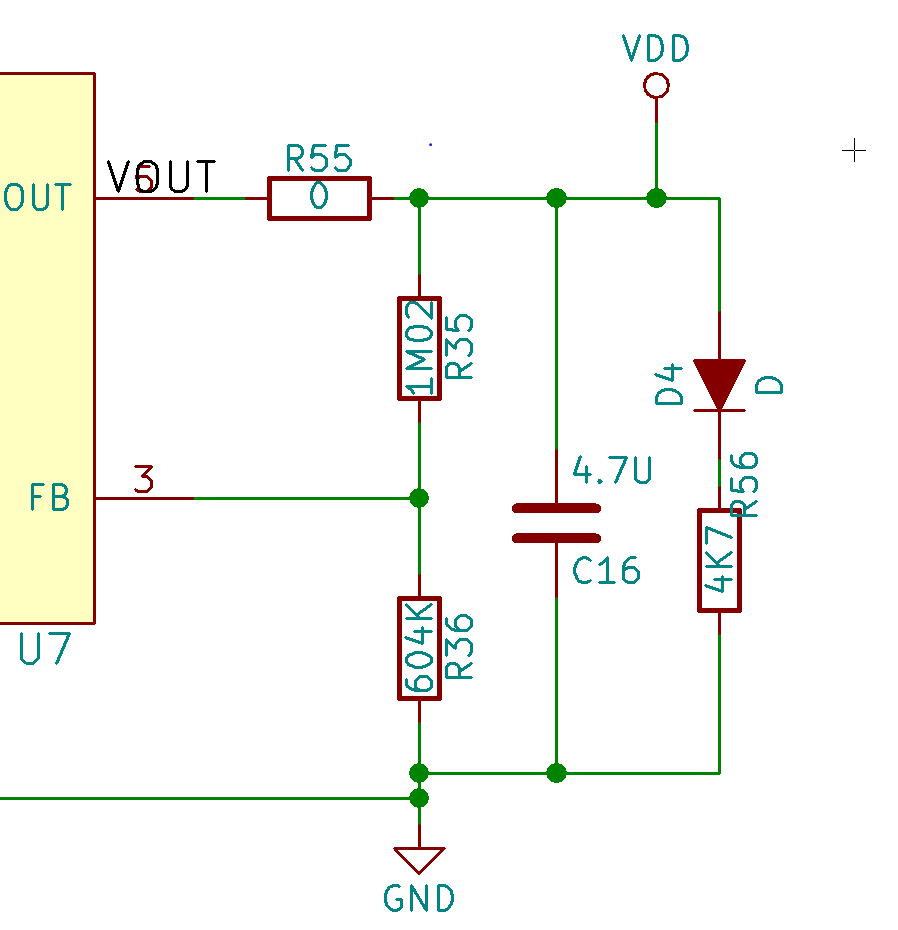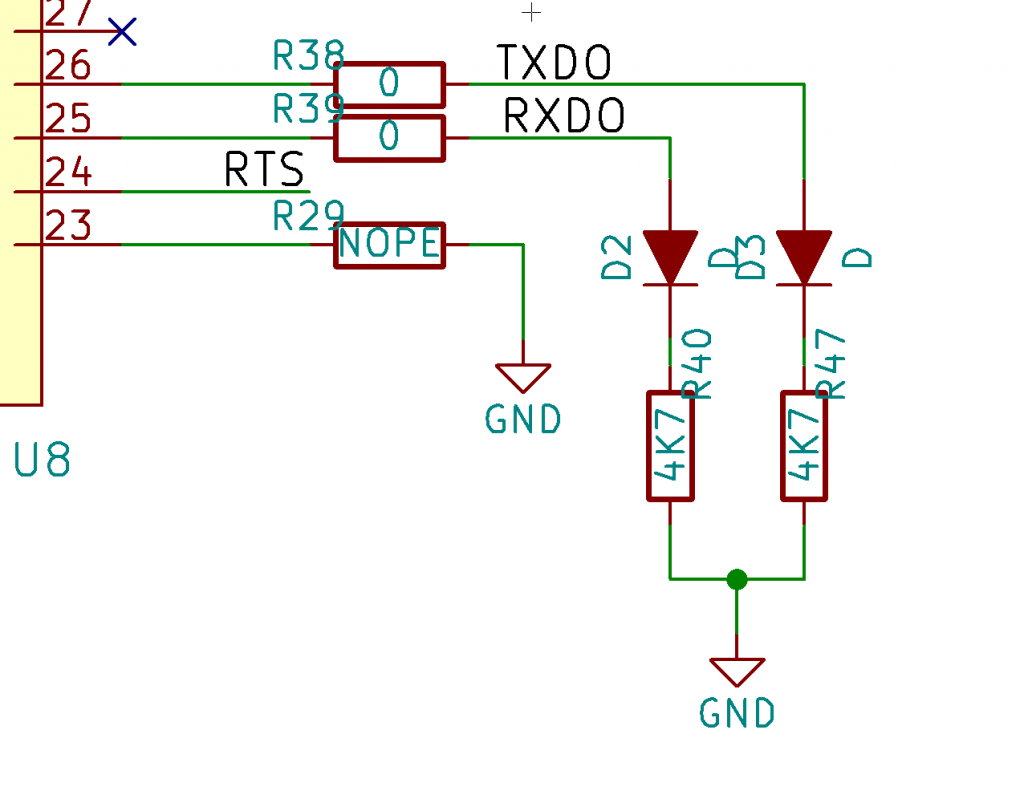AC power vs. DC power: Both are necessary in our everyday lives and switching between the two causes a great deal of strife in electronics. Why do we need both?
As some of you may or may not know, there was a long standing battle between the two types of power raging back in the 1880s between two giants. The proponents of this war knew that whoever won would determine the future of the power distribution in the United States and possibly the world. In the first corner was Thomas Edison and his company that would eventually become General Electric; Edison wanted the world to run on DC. In the other corner was Westinghouse Corporation, funded by George Westinghouse and led (intellectually) by Nikola Tesla. Westinghouse represented AC power and would be the eventual winner. You can read more about the battle HERE, but I thought it would be interesting to point out that this battle eventually became a political one. Edison even started fighting dirty, secretly funding the invention and use of the first electric chair powered by AC, in order to give some bad press.
AC of course won out over DC as the power distribution of choice, mainly because of the ability to have large generators in a central location and then transmit the power efficiently over power lines to homes and businesses. DC would have required local generators on every street or even every home, which was not possible nor economically viable at the time.
Hang on a second though…a DC generator on every home…sounds familiar…where have I heard about something like this before? Oh right, solar power. However, even more interesting than the fact that solar power produces DC power output is that any kind of storage will have to be in DC. So THAT means if you have any kind of renewable energy resource on your premises (wind, geothermal, any kind of generator which will have an AC output) and it’s not continually supplying power to your home, you will likely need to store it somewhere (assuming you are not selling power back to the power company, which is the case in some areas still and a must in the remote areas). Further, barring any possibility of storing AC power (a huge inductor?), you will need to store that power in DC. So let’s look at a theoretical wind turbine on a theoretical property:
The wind blows –> wind turbine spins –> motor in turbine creates AC power –> AC converted to DC –> DC stored in a battery –> DC converted back to AC when needed –> AC powers devices in a home –> (possibly) AC converted back to DC for use in consumer devices
That’s a lot of steps! Not only are there a multitude of steps to convert wind into air conditioning (heh, the electrical way…the natural way is opening the window), there are lots of places that you will be losing energy to inefficiencies. These occur in the power generation (motors have friction), the storage in the batteries (heat and losses due to chemical impurities in the wet cells), the AC to DC conversion and the DC to AC conversion (both processes lose energy to heat in the electronics). All told, it’s not hard to see why this is not the preferred method of powering ones’ home.
So now the real question: Can we take out some of these steps?
Other articles on this site will deal with improving efficiencies of each of these steps, but the simplest method for improving overall efficiency would be to remove one or more of those steps. The way I see it, one of these ways would be to convert a power scheme in a house. Let’s look at all the ways a DC power system in a house could be beneficial or detrimental to ones’ living situation:
Concerns about DC wall power
- Many devices have different voltages
- This would be a definite issue. Have you ever had to power a guitar pedal board? Random question perhaps, but if you saw what the power strip looks like, you’d catch my drift. Every one of those little electronic devices is too small for a transformer, so they all have AC-DC converters which can power the device with a different required voltage. Now take this idea and expand it to all the doo-dads in your house. I would be willing to guess that there are at LEAST 5 different required DC voltages for all of the normal devices in a home.
- Converting devices
- Conversions would be required from DC->DC instead of AC->DC. A possible solution would be to set up the wall sockets to have selectable DC output (perhaps the home runs on 100V DC and each socket can convert this down to 24V, 12V, 5V, 3V).
- Selling power back to the power supply company
- One of the most popular notions in renewable energy today is the idea of selling your excess power back to the power company, hopefully at a decent rate. Then when your device is not outputting power, you simply switch to grid power and start buying it from the power company. This is great because it does not require battery systems. And while this exercise excludes that option (for people living in the middle of nowhere or with unaccommodating power companies), it would be nice to sell any excess power back to make a small profit.
- Economies of Scale
- This is possibly one of the biggest problems that an all DC power system would face: No one does it yet! All parts would have to be custom made and you couldn’t just call an electrician to come out and fix your stuff.
- This also means that you would have a tough time buying consumer goods. Nearly every device has an AC plug, because that’s what everybody has! Not to mention all of the internal components for AC conversion and occasional power filtering (some devices need very clean DC power). Let’s just say you couldn’t go buy a TV and plug it in…
- Government regulation would also limit any kind of large scale implementation of DC power sockets. It is almost guaranteed that it would require government certifications on many levels to allow manufacturing large enough quantities to bring the cost down for Mr. John Q Everyman.
- Conversion to AC for certain devices
- Motors are the first kind that come to mind. This is basically how Nikola Tesla got started onto AC, proving that it is much more efficient when using AC than DC AND that these motors do not rely on voltage level (DC motors’ speed can be controlled by the voltage applied). This would mean you would either have to convert your DC back to AC to run the vacuum cleaner or you would have to make sure that your DC could supply constant DC and the whopping currents that those kinds of devices use.
- Step up/down transforming
- You know those big garbage can looking things that are attached to power line poles? Those are changing the ridiculously high voltages in the power lines (done for transmission efficiency) down to something that we can use in our houses. Further, these are VERY high efficiency devices. For power in general, you really can’t beat AC-AC conversion; the system proposed here would have to use transistors (note: not transformers) which will have some amount of heat loss associated with them. So even though we wouldn’t be using the AC power from the power company, we would be losing a critical tool in the electrician/electrical engineers’ arsenal, the transformer.
- Leakage currents and phantom power consumption
- No transistor is perfect, they all let just a little bit of current through. The more components in a system or the higher voltage you run at, the more leakage you will tend to have (Ever wonder why electronic devices run out of batteries eventually, even if you don’t use them for a long time?). This would apply to any DC system too and when you don’t have the lights on or anything running, there’s still a chance that the power devices are leaking. This will cut into overall efficiency.
Benefits of using DC instead of AC:
- Higher efficiencies off of battery power
- This point was discussed above, but is THE main point of the article and for going to all this trouble. The less you need to convert between AC and DC, the less energy will go to waste. And if you do need an AC power source, the inverter could be much smaller, in order to handle smaller loads or in order to sell power back to the power company (once the battery is fully charged)
- LED Lighting
- Currently any LED fixture installed in homes requires an AC-DC converter. Using a DC wiring system throughout a home would allow easy installation of LED fixtures and elements (the LEDs themselves)
- No 60 Hz hum
- I’m sure most of you know what this sounds like from a faulty light switch, an older device with poor power supplies or even by sticking a fork in the wall. The native frequency of power coming out of the wall is 60Hz in the US, but varies by region. Either way, this is something that I’ve had to deal with at my job and that all electronics designs have to deal with. With an all DC system there would be other issues such as power filtering and voltage stability… no hum though!
- Shrinking power supplies
- As devices continue to get smaller, the power supplies are reaching a lower limit. 1.8V is currently the lower end of DC supplies for microchips. This allows for less power consumption, as is governed by the formula P = V² * f * C (where P = power, V = voltage, F = frequency and C = capacitance). Have you ever noticed how they stopped increasing the frequency of microchips past a certain point (~3.5 GHz)? Yeah, it was because they started getting so hot you could fry eggs on the processors. Plus mobile processors became much more prevalent. As more and more devices go towards these lower voltages, there will be less need for conversion (or alternately, more need for AC-DC converters if wall power remains as AC).
So the final question comes back to that posed by the giants of the 19th century: AC or DC power? Well, really the answer will be both, as history has shown. Perhaps over time we’ll see a shift back towards DC power as devices continue to shrink and manufacturers don’t want to include bulky transformers or as people hopefully begin producing their own power at home; but one thing that is for certain is this battle will continue raging for a long time and hopefully we’ll help renewable energy find it’s place.
I welcome any and all comments on this idea and if you know of something being developed similarly, please let me know!
“If I have been able to see further than others, it is because I have stood on the shoulders of giants.” ~Sir Isaac Newton

